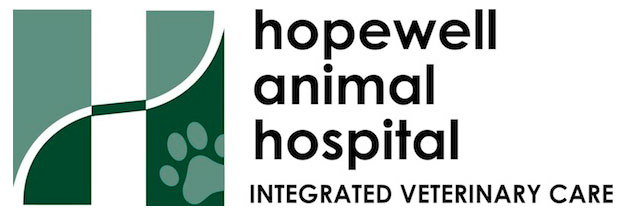What is regenerative medicine?
According to the National Institute of Health: “It is the process of creating living, functional tissues to repair or replace tissue or organ function lost due to age, disease, damage, or congenital defects. This field holds the promise of regenerating damaged tissues and organs in the body by stimulating previously irreparable organs to heal themselves”.
There are many new cutting-edge methods for repairing or replacing damaged tissue. Some examples include 3D printing, growing new organs, and using the body’s own tissues to heal the body. In veterinary medicine, we are now using stem cells and platelet-rich plasma (PRP) to help repair joints and ligaments, treat back pain, and potentially treat some neurological diseases.
Hopewell Animal Hospital is proud to be able to offer our patients both PRP therapy and stem cell therapy, right in-house.

